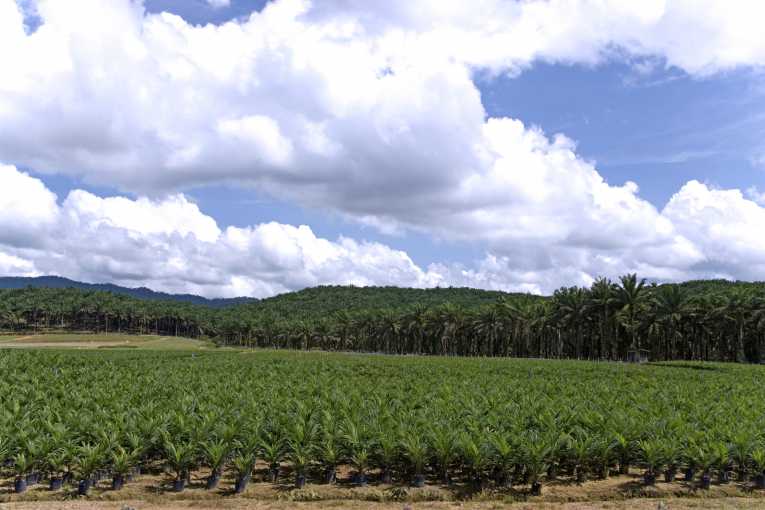The governments of some of the world's most-forested countries are leaving the policy threads of forestry and agriculture hanging loose, according to a report out today. A disconnect between these two critical strands of sustainability is threatening goals to reduce rates of deforestation - with land for farming swallowing ever more slices of the remaining forests, as a result. But such loose policy threads can be woven back together. The report - from CGIAR, the international body tasked with research into sustainable agriculture - cites Brazil's joined-up efforts as showing the way forward for developing forested nations.
The loss of primary forests, which is happening across a wide swathe of the tropics, is thought to be responsible for anything from 12% to 18% of all greenhouse gas emissions. It is for that reason that World Bank set up Forest Carbon Partnership Facility (FCPF), which aims to help 20 countries - from Latin America, Africa and Asia - to stabilize their loss of forests. That will help lower climate-threatening emissions, which are produced when land is stripped of its trees.
The FCPF plans to pump $345 million into those countries - a reward for taking measures to preserve their forests - as part of a scheme known as REDD+, or 'reducing emissions from deforestation and forest degradation'. The report from CGIAR looked at how closely the 20 REDD+ governments are intertwining actions on the linked activities of forestry and farming. And the conclusion is that, for most of them, their policies are often pulling in opposite directions.
For the authors of the report, that means that the countries involved will not be able to deliver proper protection for their forest resources. Whilst most governments have stated - in their REDD+ 'readiness' proposals - that demand for land from agriculture is a major factor in pushing forests over the edge, they are still heavily promoting commercial farming, as a way of driving economic growth.
Argentina, for example, while being praised for its measure to tax agricultural exports, and so helping to ease deforestation. is also heavily investing in industrial-scale soybean plantations. These are themselves a major part of the deforestation problem. Brazil, on the other hand, is seen as one of the few countries to get it right. It has managed to massively increase agricultural production, whilst avoiding mass land grabs - and so in fact has seen falling rates of deforestation.
That success has come through a strong emphasis on raising yields, and on improving the health of soils, while closely monitoring land use. Brazil also provides the right financial incentives to add value to land already in production. Additionally, it helps that Brazil's polices are implemented at a national and state level. It's an example, the CGIAR report stresses, that others need to follow.
'There is simply no way governments can have credible REDD+ strategies unless their top priority is to address agriculture and food security - these are the main drivers of forest destruction,' said Bruce Campbell of the CGIAR .'The need to make these connections is urgent because the commercial demands, food security issues, and government mandates driving agriculture's expansion into forested areas will only increase.'
Top Image Credit: © Shariff Che'Lah










